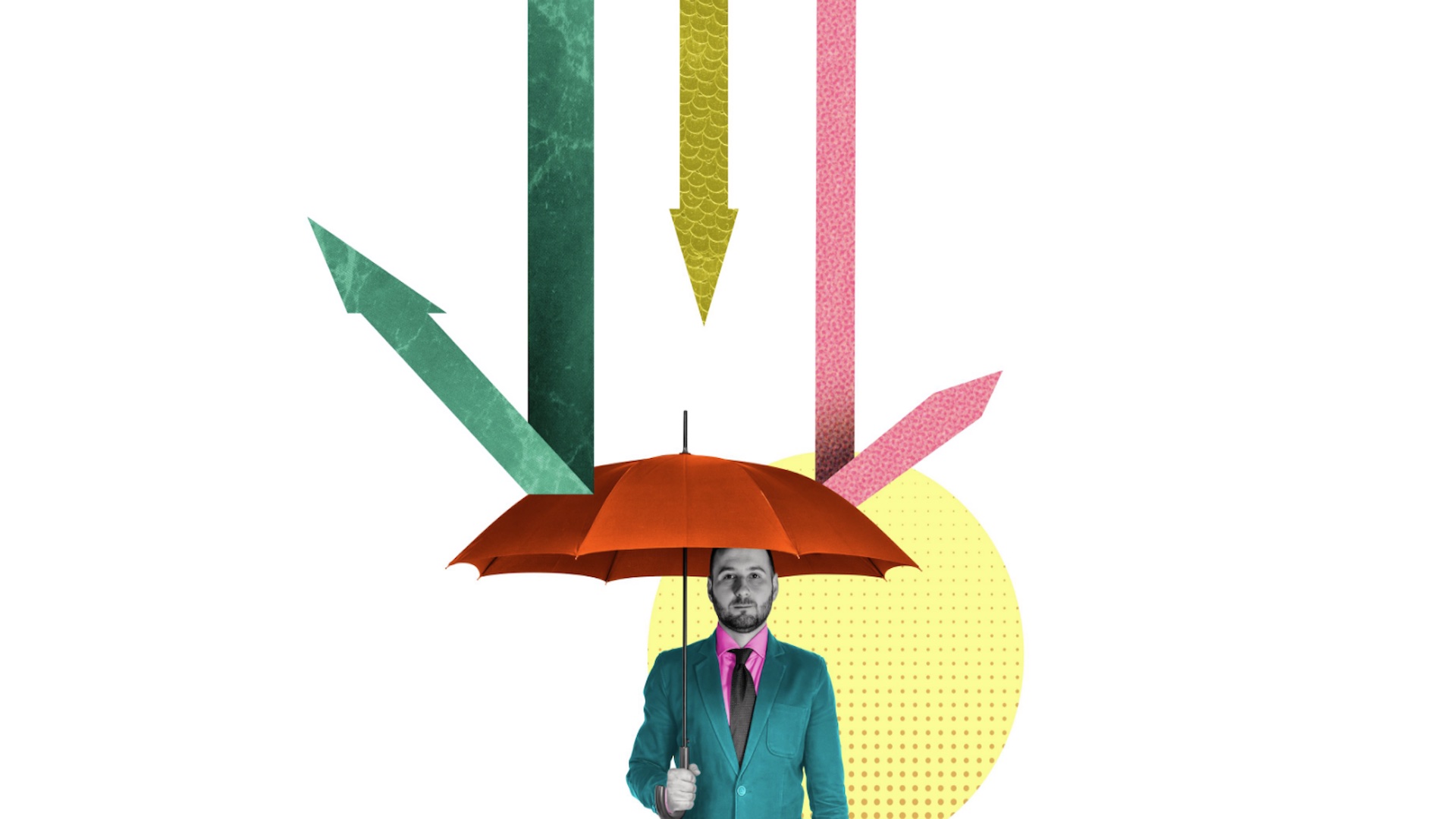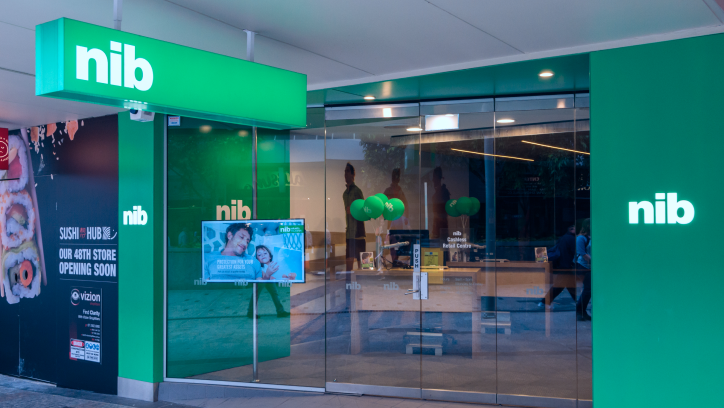Investing in technology can be hard to justify when you need to cut costs during tough economic times. Here’s an overview of what we think is worth the spend.
So, while it may be tempting to “batten down the hatches” by cutting back and being more cautious with spending, technology shouldn’t be the area to target. Investing in your digital portfolio can often improve efficiency more than just simple cost-saving alternatives. In fact, McKinsey & Company investigated the last major U.S. recession and found that organisations that survived the economic downturn and came out ahead of their competitors were the ones that continued to invest in tech.
How technology can get you recession ready
Here are a few benefits of investing in technology:
- Increased efficiency by automating repetitive tasks and streamlining processes, which can lead to significant cost savings, as well as improved accuracy and speed.
- Improved customer service through automation and personalisation tools, such as recommendation engines or chatbots that provide 24/7 support to customers.
- Access to new markets particularly through e-commerce platforms and social media marketing tools, which can help you reach more customers online.
- Competitive advantage especially against other companies that choose to focus on cost savings instead of investment.
- Cost savings by investing in new software that can streamline operations and improve efficiency, which can lead to savings over time.
The technology that’s worth the spend
Here are the top technology areas we suggest investing in this year:
Machine Learning (ML)
ML is a subset of Artificial Intelligence (AI) that enables computers to learn from data, without being explicitly programmed. The goal of ML is to develop models that can make predictions or take actions based on data input. ML is used in a wide variety of ways, including image and speech recognition, natural language processing, recommendation systems and predictive maintenance.
Tools like ChatGPT, Google Bard and Microsoft’s latest update to Bing have accelerated interest in ML-powered digital products, with many organisations now wondering how they can pragmatically leverage AI to solve their business problems. After all, Australia’s spending on AI and ML is set to reach $3.6 billion by 2025 according to IDC’s Worldwide Artificial Intelligence Spending Guide.
New to ML?
Here are some ways ML can help your organisation:
- Automate repetitive tasks, which can help reduce labour costs and improve efficiency.
- Analyse data, which can help you make better decisions and improve operations.
- Identify new revenue streams by discovering new products, services or markets.
- Improve risk management by identifying potential risks and opportunities and by developing models that can predict future outcomes.
- Improve customer experience by providing personalised recommendations and by identifying and addressing customer needs and preferences.
A data strategy is important for ML because it provides a framework for collecting, storing and using data to support the development and deployment of your ML models. Now is the time to make sure you have plans in place to ensure quality data, management of the data, integration from across multiple sources, storage and access.
Already using ML?
If you’re already using ML, then there’s always opportunities to improve your existing solution, such as improving model accuracy, finding greater sources of data to train the model or finding new ways to use it within other areas of your business. ML service providers are continually offering greater advancements in “off the shelf” solutions which can also be a very cost-effective way to introduce or upgrade your use of ML.
Here is a summary of new recent announcements AWS has made around its ML offerings.
Redbubble has a content moderation solution that utilises machine learning capabilities to moderate the use of copyrighted and offensive material on its online marketplace, with approximately 80% accuracy, freeing up its team to work on other important parts of the business.
Internet of Things (IoT)
Internet of Things (IoT) refers to the network of physical devices, vehicles, buildings and other items that are embedded with electronics, software, sensors and connectivity, which enables them to connect and exchange data with each other.
Just like AI and ML, IoT has gone from emerging technology that’s full of potential, to an established and indispensable ecosystem for countless organisations. Research firm IDC says that spending on the Internet of Things in Australia and New Zealand is predicted to reach $24 billion by 2026. Leading the way will be labour-intensive and asset-heavy industries such as manufacturing, utilities and transportation.
New to IoT?
Here’s some ways IoT is already being used in various industries;
- Smart home devices such as thermostats, lighting and security systems.
- Wearable devices such as fitness trackers and smartwatches.
- Industrial machines and equipment that can be monitored and controlled remotely.
- Connected vehicles that can communicate with other vehicles and infrastructure.
- Smart city infrastructure such as traffic lights, parking meters and air quality sensors.
Being able to remotely monitor, control and optimise systems and processes can help you to reduce operating costs while increasing productivity. Also, the data generated by IoT devices can provide valuable insights that can help you to make better decisions and identify new business opportunities.
Already using IoT?
If you’re already using IoT solutions, you’ll know how important it is to continually optimise the software to reduce bugs and issues, especially in complex ecosystems comprising multiple different devices all connected to the cloud. This is where conducting a well-architected review that considers the software, firmware and hardware of IoT workloads to diagnose any high-risk areas, along with the end-to-end security to prioritise remediation can become critical.
Here’s a summary of seven security essentials you need to consider with IoT.
Seeley is using IoT solutions to remotely update air-conditioning systems already installed in its customers’ homes resulting in a 20% reduction in issues, 15% reduction in call outs and $24,000 a year in savings.
Modern mobile applications
Gone are the days where mobile applications need to be developed separately for each operating system. Tools such as Flutter and React Native can help provide cost-effective and efficient ways to build mobile applications across both iOS and Android using a single codebase, which can help you reduce development costs and accelerate time-to-market.
These frameworks also have a large and active developer community, which means that there are many resources and third-party libraries available to help you to add new features and functionality to your apps. This can help you to stay competitive and to innovate, even during a recession.
Software providers are continually creating new offerings and tools to make it even simpler. For example, Google recently launched Flutter NewsKit which it says can reduce the app development time by up to 80%”.
Black Dog Institute built a mobile application that acts as a self-help program to support people who are experiencing thoughts of suicide or self-harm. By using a customer-centered approach and Flutter, we were able to reduce app development time for this type of application from an expected two years to six months.
Cloud optimisation
The majority of Australian organisations have fully or partially adopted cloud-based solutions for years now. It provides significant cost savings, scalability, flexibility, reliability and security. But, it’s also important to monitor efficiency and find ways to improve performance within your cloud footprint.
Now is a good time to review your cloud infrastructure to identify where inefficiencies exist, where performance can be improved and where costs can be reduced—striking the right balance between cloud performance and cost. Conducting a review includes techniques such as load balancing, resource allocation, scaling, and selecting the most cost-effective services and resources.
nib created a cloud platform that would enable the business to continually innovate, experiment and build competitive advantage, as well as enable the business to live its value of challenging the status quo.
So what are you waiting for?
Through your continued investment in technology during tough times, you can better position yourself for future growth. Technology such as ML, IoT, modern mobile applications and cloud optimisation can not only provide efficiency gains, but often create a personalised customer experience that can only nurture your relationship with customers. Retaining customers during an economic downturn is key to strengthening your financial position and ensuring you remain ahead of the game.





